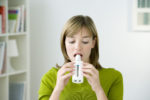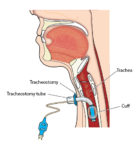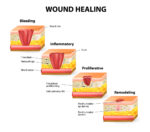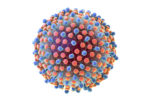Peak flow meters are an important tool in your kit bag to measure the volume and effectiveness of somebody’s lung capacity and the way they are breathing. It is most commonly used with patients with specific lung conditions such as bronchitis or emphysema. People who have COPD, Chronic Obstructive Pulmonary Disease, also use it. COPD […]









